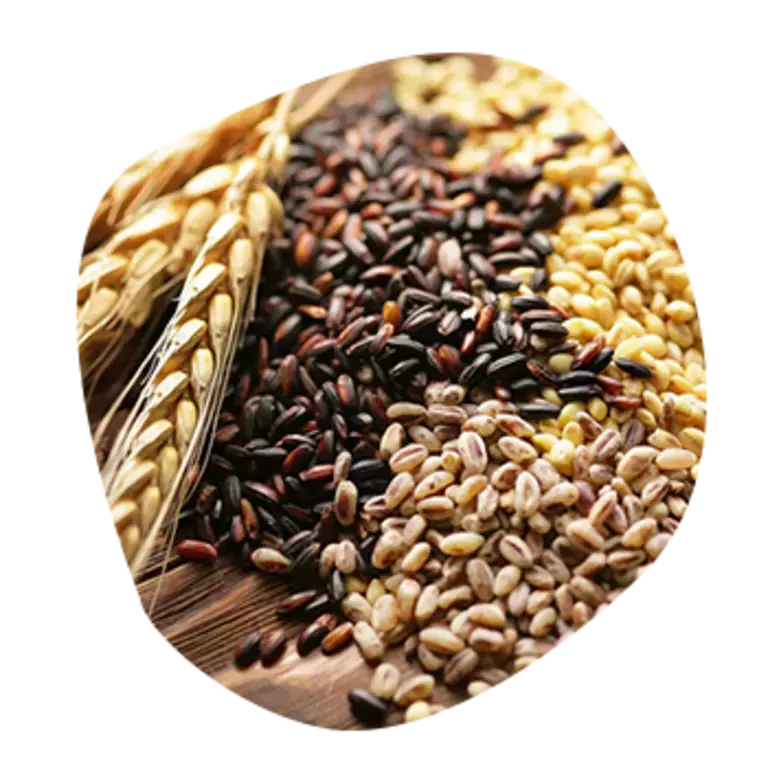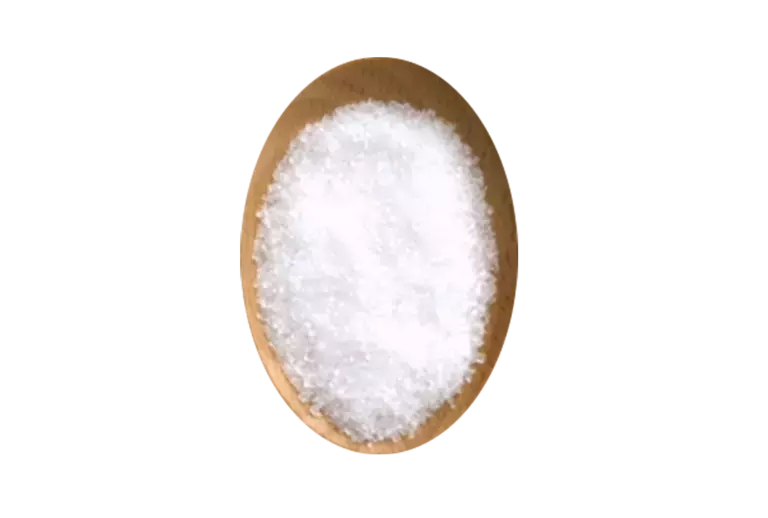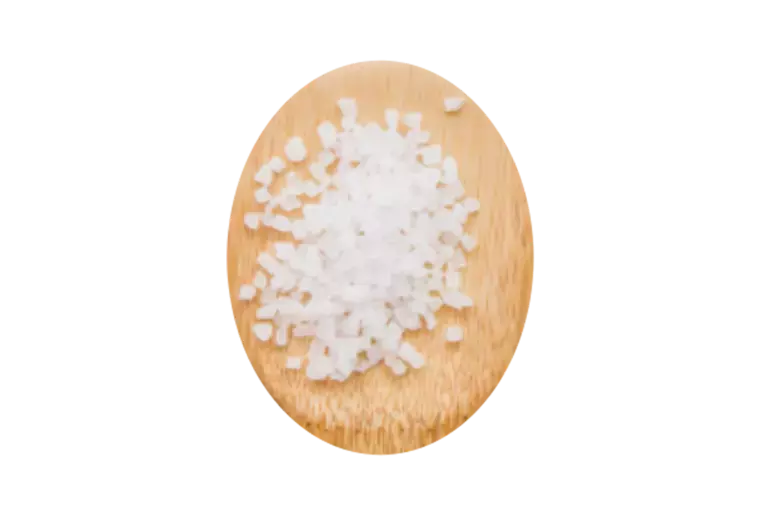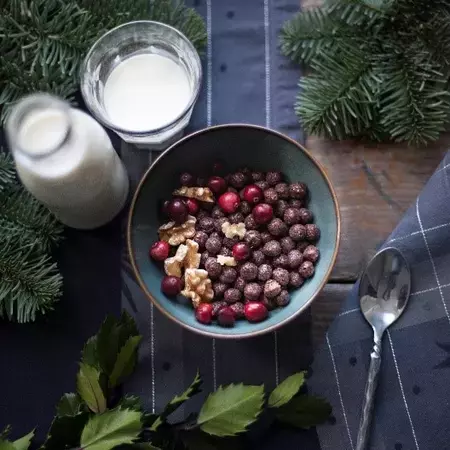To the naked eye, it's just a whole grain hoop, a crunchy flake or a chocolate flavoured ball. If only you knew how much attention and care has gone into your breakfast cereal! We know ingredients matter to you, so we make it our business to source and select in the best way possible. Read on to discover what key ingredients are in your favourite breakfast cereals.
GET TO KNOW OUR CEREAL INGREDIENTS!

whole grainS
More than 90% of our breakfast cereal recipes have whole grain as the #1 ingredient and each one carrying the green banner has a minimum 8g of whole grain per 30g serving!
We were the first major global cereal company to commit to having whole grain as the No. 1 ingredient. Since 2003 we are very proud to have introduced 50% more whole grain to our products.

VITAMINS & MINERALS
We enrich our cereals by adding vitamins and minerals to most of them, although the amount varies according to geographical areas and current legislation. Whenever vitamins or minerals are added to one of our products, we ensure that these additions correspond to at least 15% of the recommended daily allowance per serving.

ARTIFICIAL COLOURS & FLAVOURS
All Nestle breakfast cereals in the UK & Ireland do not contain artificial colours or flavours. So if it’s tasty cocoa, luscious honey or succulent cinnamon – you won’t find any artificial colours or flavours, just a great tasting breakfast cereal.
SUGAR
Sugar preserves, gives a texture, a nice golden colour and, of course, a sweeter flavour. Most cereal is made mostly from grain, which can make it a good source of fibre. So, sugar is merely its partner (or maybe we should say sweetheart?). We've gradually removed 516 million teaspoons of sugar between 2010 and 2020.
Follow the button below to read more about our efforts to improve the nutritional profile of our cereals.
SALT
We add a pinch of salt to our cereals to improve their taste and texture. Each of our breakfast cereals has a very specific recipe that has been developed through numerous consumer tests. Therefore, we can offer you a product that you will love, both with a delicious taste and a long shelf life.
We have been working to reduce salt levels gradually in our cereals, already removing 20 million teaspoons of salt from our cereals between 2010 and 2020.
We promise to continually improve the nutritional value of our food
Breakfast is part of a healthy and balanced diet. Whether it’s a quick bite as you run out the door, or a quiet moment before your day starts, breakfast is important.







